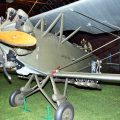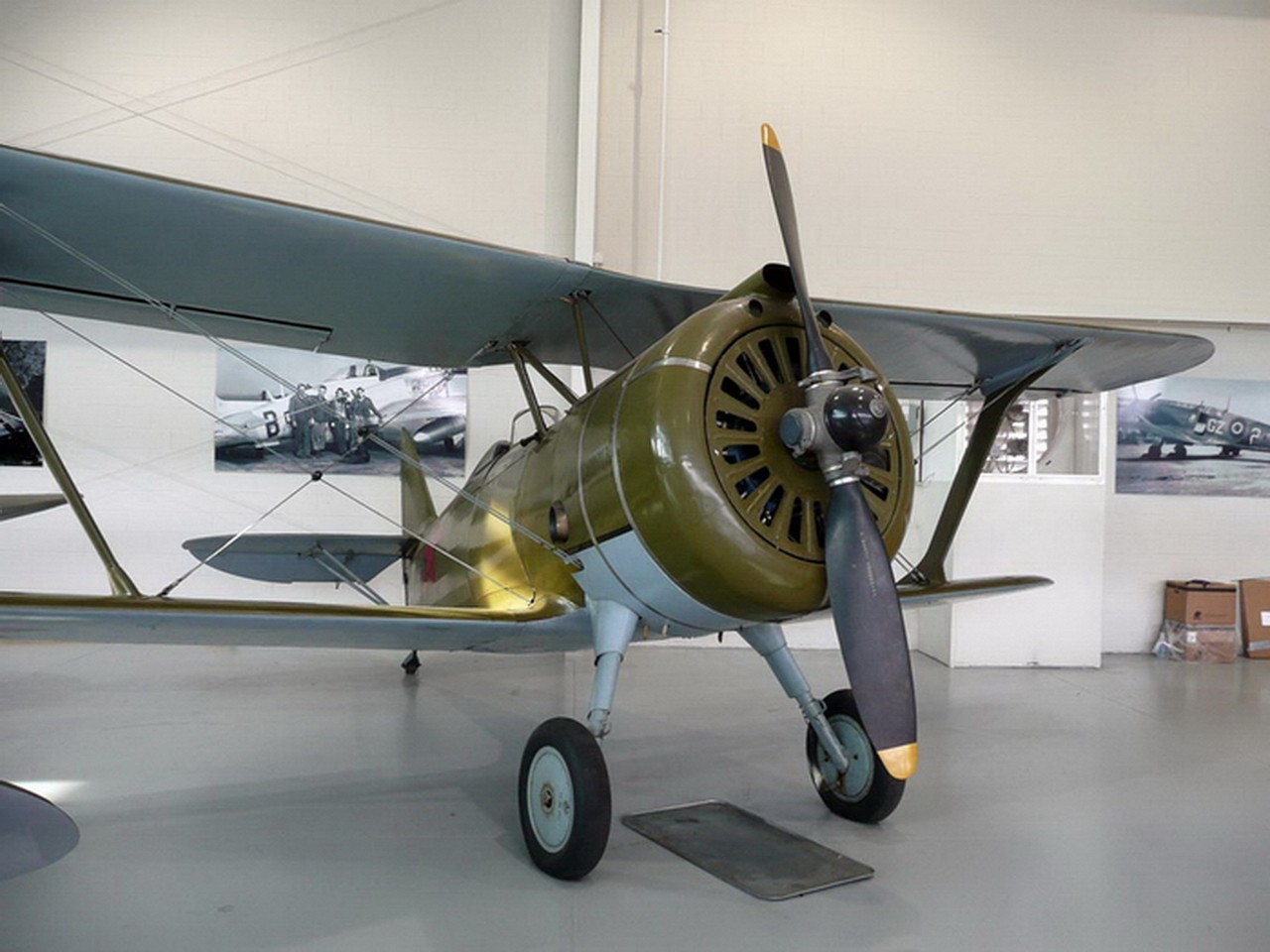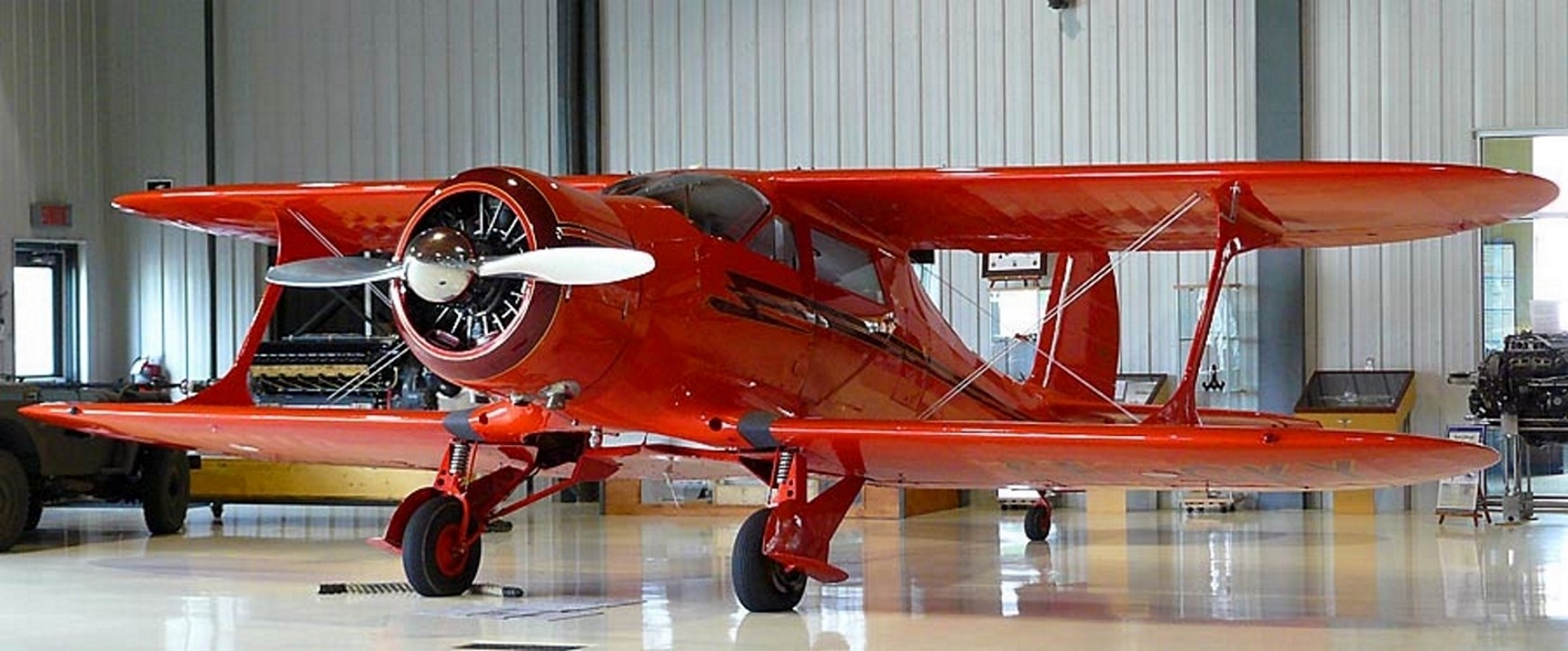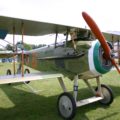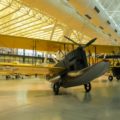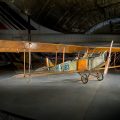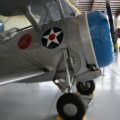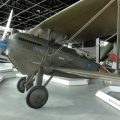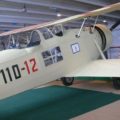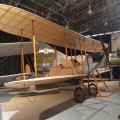
Farman HF.20 | |
|---|---|
| Maa | Ranska |
| Rooli | Tiedustelulentokone |
| Kausi | Ensimmäinen maailmansota |
Nniiden Farman HF.20 and its derivatives were a family of reconnaissance aircraft produced in France shortly before and during the First World War. It was a refined version of the Farman MF.11 “Shorthorn” that did away with the type’s distinctive landing skids, and incorporated design features from Henri Farman’s designs. It entered service with the French, Belgian and Serbian armies in 1913 (two aircraft conducted reconnaissance during the Siege of Shkodër in the First Balkan War and one crashed), and with the British RFC and RNAS shortly after the outbreak of war. The type was also licence-built in the UK by Airco and Grahame-White. The HF.20 was seriously underpowered, and a variety of engines were trialled in the hope of correcting this, none with much success. The problem was eventually solved only when an engine of twice the power of the original powerplant was fitted to the HF.27 variant, by which time the aircraft was already obsolete. Nevertheless, the performance of the HF.20 made it adequate for use on secondary fronts.
Lähde: Farman HF.20 Wikipediassa
| Farman HF.20 kaksitasoinen kävely | |
|---|---|
| Valokuvaaja | Meindert de Vreeze |
| Lokalisointi | Ei tietää |
| Valokuvat | 26 |
Aiheeseen liittyvät sarjat:

Etsi sarjoja eBaysta:
The Farman HF.20 was a two-seat biplane reconnaissance aircraft designed and built by the French aviation pioneer Henri Farman in 1913. It was widely used by the French Army and other European air forces during the First World War. The HF.20 had a wooden frame covered with fabric and a pusher propeller driven by a rotary engine. It had a wingspan of 14.2 meters and a length of 9.5 meters. It could carry a pilot and an observer in tandem open cockpits, as well as a machine gun and some bombs. The HF.20 had a maximum speed of 105 km/h and a range of 300 km. It was praised for its stability, maneuverability and endurance, but it was also vulnerable to enemy fire and had poor visibility for the pilot. The HF.20 was gradually replaced by more advanced aircraft as the war progressed, but it remained in service until 1918.
Näkymät : 1394
